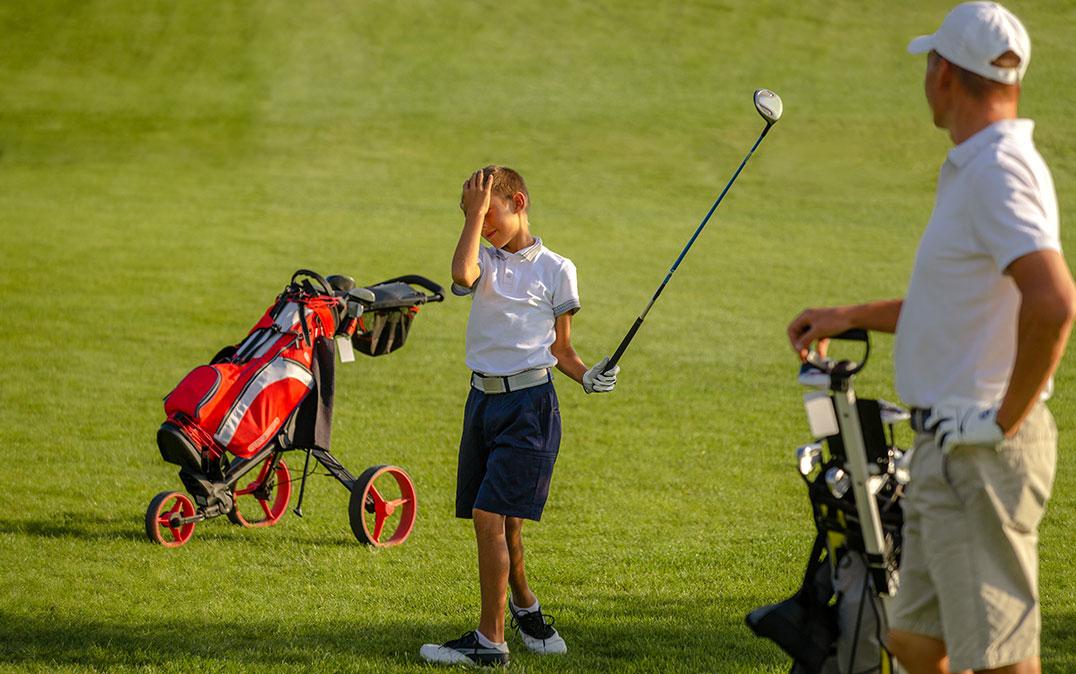Research News
A New Model Sheds Light on How We Learn Motor Skills
 Image by Olimpik/Shutterstock
Image by Olimpik/Shutterstock
Researchers from the University of Tsukuba develop a model of motor learning that is able to simulate the results of experiments in humans
Tsukuba, Japan—Even seemingly simple movements are very complex to perform, and the way we learn how to perform new movements remains unclear. Researchers from Japan have recently proposed a new model of motor learning that combines a number of different theories. A study published this month in Neural Networks revealed that their model can simulate motor learning in humans surprisingly well, paving the way for a greater understanding of how our brains work.
For even a relatively simple task, such as to reach out and pick up an object, there are a huge number of potential combinations of angles between your body and the different joints that are involved. The same goes for each of your muscles—there is an almost endless combination of muscles and forces that can be used together to perform an action. With all of these possible combinations of joints and muscles—not to mention the underlying neuronal activity—how do we ever learn to make any movements at all? Researchers at the University of Tsukuba aimed to address this question.
The research team first created a mathematical model to imitate the learning process that occurs for new motor tasks. They designed the model to reflect many of the processes that are thought to occur in the brain when a new skill is learned. The researchers then tested their model by attempting to simulate the results of three recent studies that were conducted in humans, in which individuals were asked to perform completely new motor tasks.
"We were surprised at how well our simulations managed to reproduce many of the results of previous studies in humans," says Professor Jun Izawa, senior author of the study. "With our model, we were able to bridge the gap between a number of different proposed mechanisms of motor learning, such as motor exploration, redundancy solving, and error-based learning."
In their model, larger amounts of motor exploration—that is, variability in movements—were found to help with the learning of sensitivity derivatives, which measure how commands from the brain affect motor error. In this way, errors were transformed into motor corrections.
"Our success at simulating real results from human studies was encouraging," explains first author Lucas Rebelo Dal'Bello. "It suggests that our proposed learning mechanism might accurately reflect what occurs in the brain during motor learning."
The findings of this study, which indicate the importance of motor exploration in motor learning, provide insights into how motor learning might occur in the human brain. They also suggest that motor exploration should be encouraged when a new motor task is being learned; this may be helpful for motor rehabilitation after injury or disease.
###
This work was supported by KAKENHI (Scientific Research on Innovative Areas 19H04977 and 19H05729). LD was supported by a Japanese Government (Monbukagakusho: MEXT) Scholarship.
Original Paper
The article, "Computational role of exploration noise in error-based de novo motor learning," was published in Neural Networks at DOI: 10.1016/j.neunet.2022.06.011
Correspondence
Associate Professor IZAWA Jun
Faculty of Engineering, Information and Systems, University of Tsukuba
Related Link
Faculty of Engineering, Information and Systems (in Japanese)



